Join the author, Néstor T. Carbonell, as he shares a critical analysis of the Castro-Communist regime
and explores the challenges and opportunities that will likely arise when freedom finally dawns in Cuba.
CHAPTER 12: Clinton, Castro, and the Pope (1993-2001)
No More Soviet Windfall
Following the implosion of the Soviet Union and the shutdown of Cuba’s vital lifeline in 1991, the island lost more than 35 percent of its GDP in one fell swoop. While Cuba was receiving Moscow’s massive aid, estimated to have totaled $65 billion over thirty years, Castro could dismiss and even deride the US «blockade» (economic embargo). This he did at a public rally in January 1969, asserting, «The blockade is now a matter of scorn and laughter.» That was then, however, but such was not the case in the 1990s.
The dire situation that ensued forced Fidel Castro to introduce for the first time some market-oriented reforms (his miniperestroika) in the summer of 1993, which he labeled «the Special Period in Time of Peace.»
Although most of the economy remained under government control, Castro allowed state farms to form cooperatives and licensed self-managed microbusinesses (no employees permitted), like home-based restaurants, bed-and-breakfasts, small artisan shops, and a slew of menial services. Fearing creeping capitalism, which could undermine the regime’s totalitarian control, these reforms were later curbed and partly reversed.
Given the island’s urgent need of capital, Castro amended the Communist Constitution to allow foreign companies to invest in Cuba in certain areas, but only in partnership, on a minority basis, with the government. Among the corporations that flocked to Cuba and invested there were Melia from Spain (tourism), Sherritt from Canada (mining/oil), Pernod Ricard from France (rum), Imperial Tobacco from the UK (cigars), Nestle from Switzerland (ice cream and soft drinks), Domos from Mexico, and Telecom Italy (telecommunications).
Most of these corporations experienced obstacles and frustrations, but nothing comparable to FirstKey’s nightmare. As reported in a lengthy Wall Street Journal article dated June 28, 1999, FirstKey signed a joint venture agreement with the Cuban government in 1997 to increase the generation of power, which had dropped to a very low level, causing frequent outages across the island. The company’s CEO at the time, Clarence Boudreau, a lanky thirty-four-year veteran of major engineering projects spanning the globe from Canada to China, thought he had hit the jackpot with the deal. «Everybody was pushing Cuba. It was the place to invest,» he said.
His ecstasy, however, was short-lived. The Castro regime reneged on the contract, and FirstKey lost about $9 million spent on developing the project. To add insult to injury, the regime used FirstKey’s plans to lure European firms to the very same project. «First there is [the] love affair,» Boudreau bitterly complained, «and then they dispose of you like a wet rug.»
The Clinton administration applauded Castro’s miniperestroika and, to encourage deeper reforms, decided as a first step to ease US restrictions on US travel to the island. Visits were authorized under a «people to people» program fostering cultural and religious activities. The president and his inner circle were deluded by Castro’s limited economic reforms, thinking they would lead to the liberalization of the regime. The Cuban ruler, however, had other plans to address the simmering unrest on the island.
The Tugboat Massacre and the «Maleconazo»
A Castro heinous crime in 1994 was the sinking of the tugboat 13 de Marzo. This was not an isolated or uniquely atrocious episode. It was preceded by the July 6, 1980, Canimar River massacre, when a large excursion boat attempting to flee the island was attacked by a Cuban air force plane and sunk by a freighter that rammed into it. According to the Cuban Archive (in exile), several dozen passengers, including children, were killed.
Regarding the 13 deMarzo tugboat mass murder, the Inter-American Commission on Human Rights reported that in the early morning hours of July 13, 1994, four boats belonging to the Castro regime sank the old tugboat seven miles off the Cuban coast. It was fleeing the island with seventy-two people on board.
The regime’s boats attacked the runaway tug with their prows while at the same time spraying everyone on the deck, including women and children, with pressurized water. The pleas of the women and children to stop the attack were in vain, and the 13 de Marzo sank, killing forty-one people, including ten minors. Thirty-one passengers survived and bore witness to this abhorrent crime, which the Castro regime called «an accident.»
Even inside Cuba, under tight government censorship, the news of the massacre at sea spread like wildfire and added fuel to the restlessness spiked by the grave economic crisis. These two factors, along with false rumors that ferries in Havana had been seized and were available to flee the island, contributed to a major antigovernment protest, or short-lived uprising, known as the Maleconazo, which preluded the Rafter Crisis.
The Malecon is the wide waterfront avenue that gracefully circles the bay of Havana like a dazzling necklace. It had generally been a peaceful area to relax, stroll, and enjoy the sea breeze, particularly when power outages, such as those endured by the population in the 1990s, made it unbearable to remain inside the crowded, dilapidated houses nearby.
However, on the morning of August 5, 1994, the Malecon turned into a battlefield. What sparked the spontaneous popular revolt is still open to debate, but the underlying causes are well-known: hunger, scarcities, despair, and oppression. Hundreds, perhaps thousands, of enraged Cubans began pouring into the streets shouting, «Libertad,» «Viva Cuba Libre,» and «Cuba, si. Castro, no.»
The regime promptly unleashed its plainclothes shock troops (the Rapid Response Brigades), who lashed out against the unarmed crowd with sticks and iron bars. Despite the unremitting violence of the repression, it took the government thugs several hours to quash the rebellion, which had started to spread to surrounding streets. Only then did Castro show up in the Malecon to proclaim their great victory before the TV cameras.
The Rafter Crisis
Castro was well aware of the existing restlessness across the island and realized that he needed a safety valve to release tension. Since the 1980 Mariel exodus worked well for him without any US reprisal, he decided immediately after the Maleconazo to launch another such exodus. Blaming the US immigration policies for encouraging Cubans to leave the island illegally, he announced that his government would not stand in the way of those who wanted to flee. That led to what is known as the Rafter Crisis.
During the months of August and September 1994, some thirty-five thousand Cubans of all ages took to the sea, mostly on flimsy inner-tube rafts. The objective of the rafters, known as balseros, was basically the same as that of the Mariel escapees: to reach the safe haven of Florida. But this time those fleeing Cuba were interdicted at sea by the US Coast Guard and diverted to the US naval base at Guantanamo, Cuba.
Many of the intercepted rafters were suffering from heat injuries and had no food or fresh water left. The few rafts with engines were mostly out of fuel and were drifting in the current. Several young’Soys and girls under the age of ten were found floating alone on inner tubes. They talked of how their mothers or fathers had been taken by sharks during the voyage.
A large number of rafts were found completely empty or broken into several pieces. It is estimated on the low side that 25 percent of the rafters were lost at sea—a heartbreaking tragedy.
Those who were picked up and sent to Guantanamo were housed in large tent cities rapidly constructed by military personnel at several sites of the US naval base. Camp conditions were challenging due to high heat, water shortages, and the large amount of trash. Thanks to the commendable efforts of the US Joint Task Force 160 in charge of Operation Sea Signal, and the assistance of the Cuban American (Miami) medical doctors who volunteered to treat the ailing rafters, the overall situation gradually improved.
Yet not all was orderly and peaceful. Owing to lingering uncertainties about their future—without a country and enduring indefinite detention—some of the Cuban balseros at the camp grew restless and staged riots. President Clinton realized that he could not keep thousands of Cuban refugees indefinitely fenced in Guantanamo. Mounting pressure to find a humanitarian solution forced the president’s hand. After several months in limbo, most of the rafters were paroled into the United States.
Castro’s Maneuver
While the migration turmoil Castro had set off was still rattling the Clinton administration, the Cuban ruler sent an unusual emissary to meet with the president and advocate on his behalf the normalization of US relations with Communist Cuba: the renowned Colombian novelist and Castro devotee Gabriel Garcia Marquez.
The meeting between the novelist and the president took place in September 1994 at the Martha’s Vineyard summer house of the distinguished writer William Styron. When the cordial conversation over lunch turned to Cuba, Clinton explained why under the 1962 Cuban Democracy Act it would be very difficult, if not impossible, for him to lift the embargo absent a fundamental change in Cuba. However, bowing to pressure from Havana, the president made some concessions. He agreed to take in at least twenty thousand legal immigrants from Cuba annually, and in return he relied on Castro’s word to use «mainly persuasive methods» to stop the rafter exodus.
The White House also announced in May 1995 that, under the new immigration policy, Cuban refugees intercepted by the US Coast Guard at sea («wet foot») would be sent back to Cuba, while those who made it to US soil («dry foot») would be allowed to remain and apply for expedited US residence. The weird logic or inconsistency
to appease Castro was evident. Those caught before touching US soil would be treated as illegal immigrants and turned over to the Cuban dictator, whereas those who were able to sneak in were accorded the privilege of staying and applying for the coveted green card. With the «wet foot» provision, Castro got part of what he wanted.
The Shoot-Down
Emboldened by the Clinton administration’s conciliatory response to the rafter exodus, Fidel Castro, along with his brother Raul and the upper echelons of the regime, masterminded the 1996 shoot-down by Cuba’s air force MiGs of two small unarmed Brothers to the Rescue aircraft. This vile aggression killed three US citizens and one US resident flying on a humanitarian mission over international waters.
Brothers to the Rescue was a nonprofit organization founded in May 1991 (four years before the wet foot, dry foot policy was announced) for the purpose of assisting and rescuing raft refugees fleeing Cuba and supporting nonviolent efforts of the Cuban people to regain their freedom. Under the leadership of Jose Basulto, a Bay of Pigs veteran, the Brothers included some thirty young pilots of various nationalities who volunteered to fly in rickety Cessnas over the Florida Straits to carry out search and rescue missions.
When a rafter was spotted and needed urgent assistance, the Brothers promptly alerted the US Coast Guard and circled the rafter until help arrived. They would also toss down plastic water bottles, food, T-shirts, life jackets, and even radios bundled up in a bubble wrap. In their first eight months of operation, they reportedly flew 202 missions and saved 143 rafters. By 1996, lives saved by the Brothers at sea exceeded four thousand.
Apart from their humanitarian mission, Brothers to the Rescue relayed to the world films of desperate men, women, and children fleeing Communist Cuba on anything that floated. Castro, of course, was not happy with the negative publicity, but what really infuriated him was Basulto’s daring incursion in January 1996, when he and three other pilots flying on two separate planes reached Cuban territorial airspace and dropped half a million flyers, which fell like confetti over Havana. The flyers listed articles of the UN Declaration of Human Rights and urged the Cubans to exercise those rights.
Castro, having viewed that foray as an intolerable provocation, vowed revenge. He instructed his «Wasp Network» of spies in Miami, engaged in infiltrating the US Southern Command and several Cuban American militant groups, to target Brothers to the Rescue. One of the spies who infiltrated the organization was Juan Pablo Roque, a dashing former Cuban air force pilot who feigned defection to the United States in 1992.
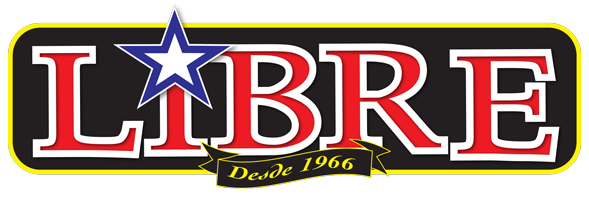
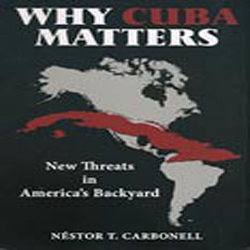

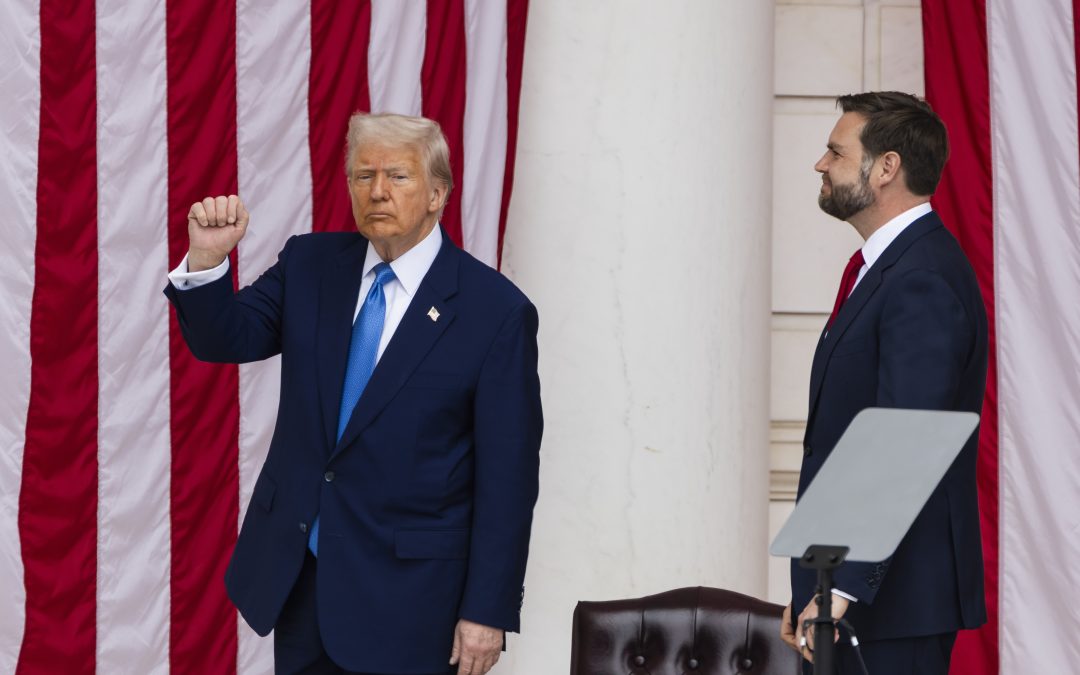
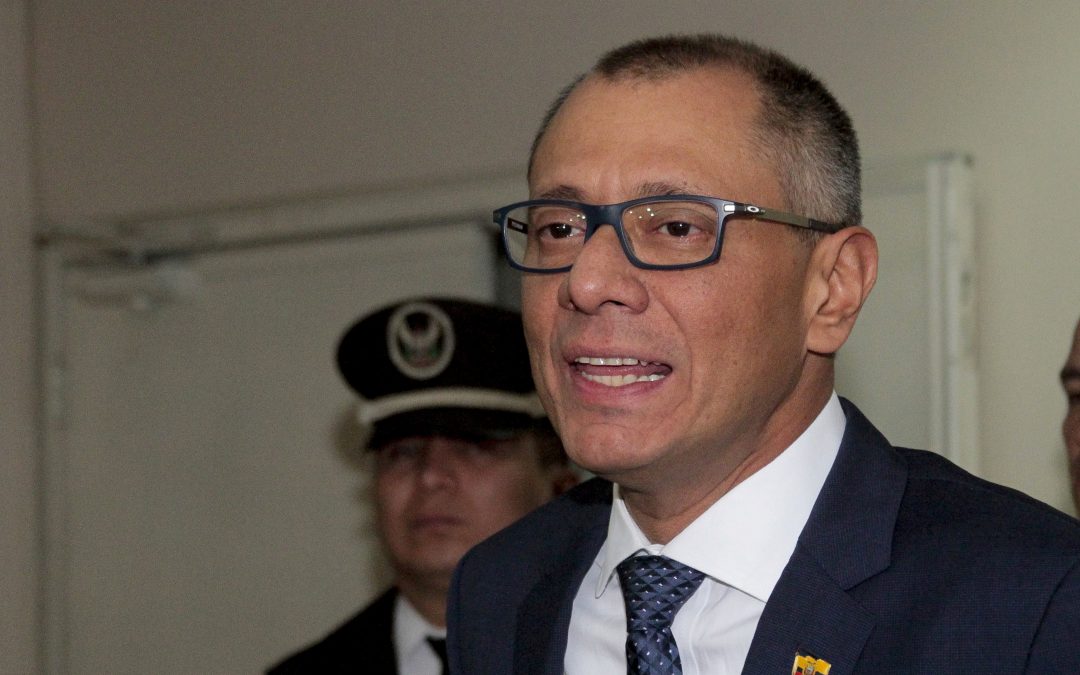
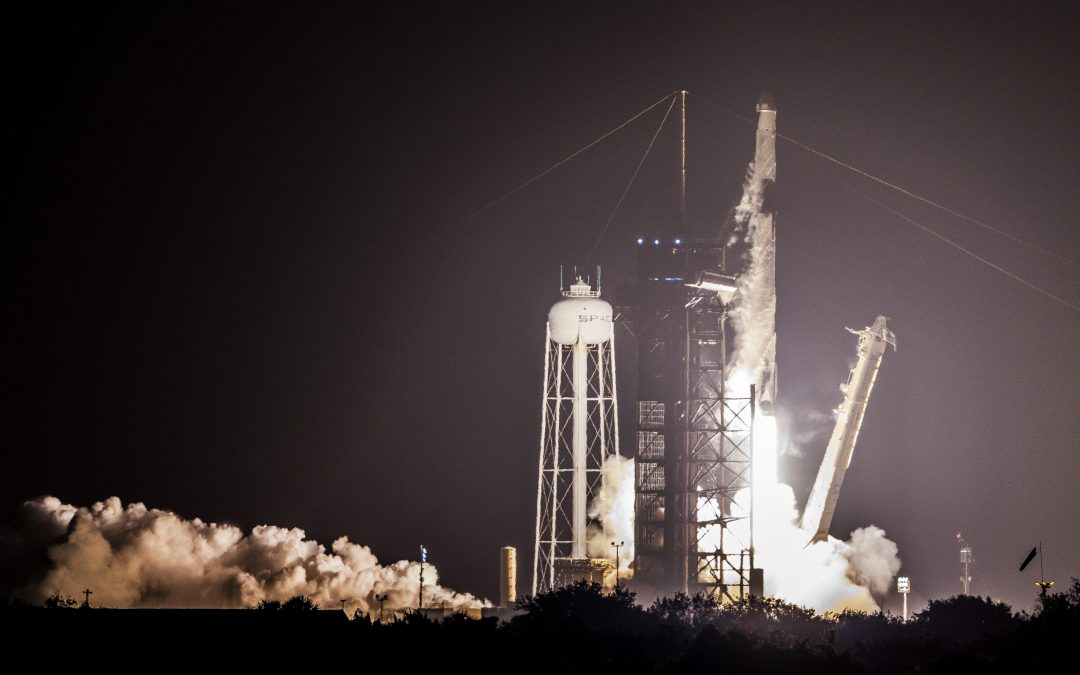
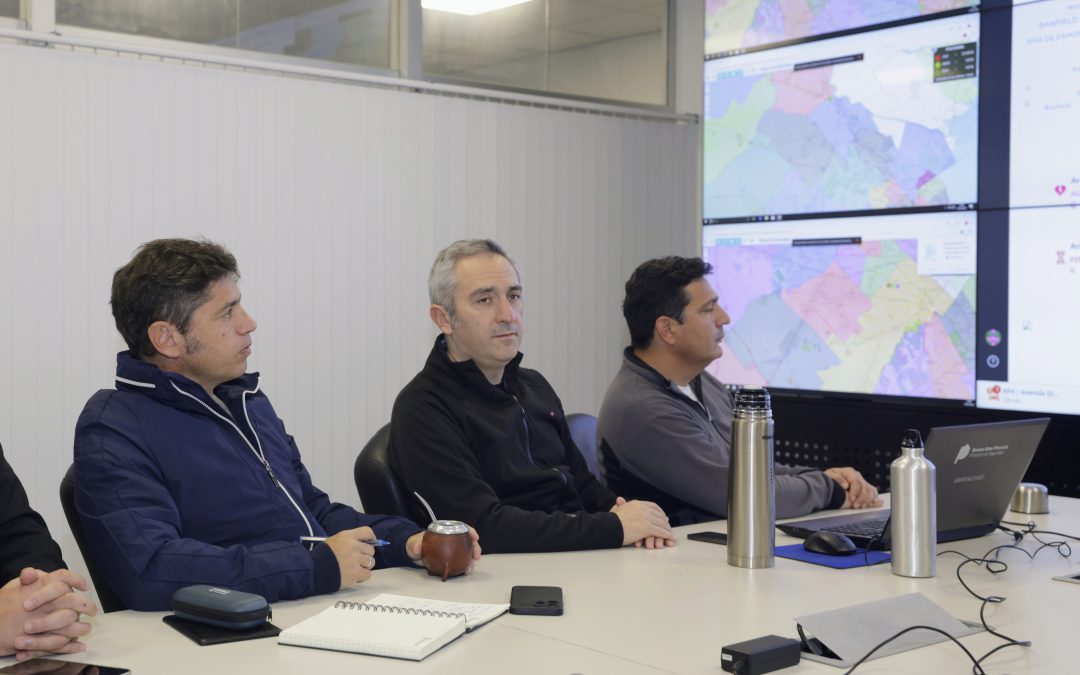




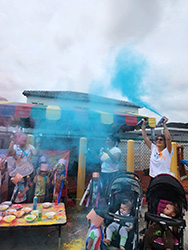
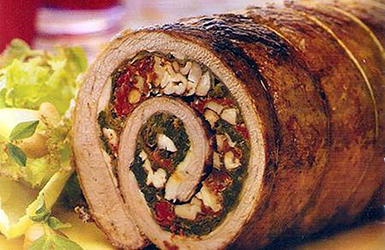
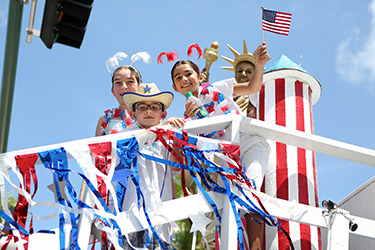
0 comentarios